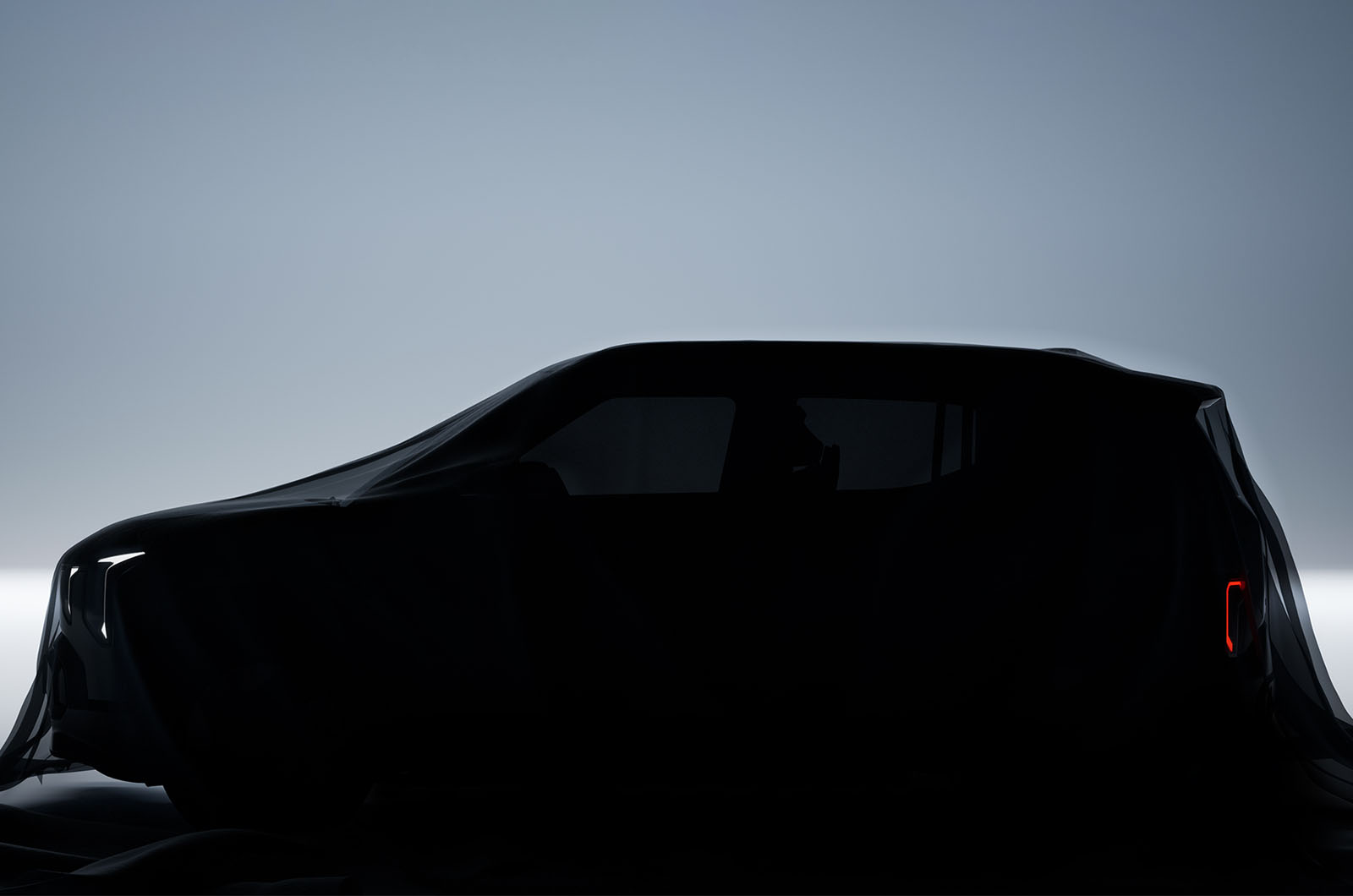
These Celebrities Provided Their Voices To Ford And Other Automakers
If you hear a voiceover on a TV commercial and wonder, "Don't I know him?" there's a good chance you do. Here are five stars whose words you may have heard.

If you hear a voiceover on a TV commercial and wonder, "Don't I know him?" there's a good chance you do. Here are five stars whose words you may have heard.

Tesla’s new Magic Dock opens the Supercharger network to non-Tesla EVs, although there are still some kinks to work out.

Entry-level electric crossover will be shown at Brussels motor show alongside GT variants for EV3, EV4 and EV5 Kia will unveil the EV2 crossover in January as its new entry-level electric model. The Renault 4 rival will make its debut at the Brussels motor show on 9 January, when the Korean brand will also unveil new range-topping GT variants of the EV3 , EV4 and EV5 . Previewed by new pictures released on Tuesday, the new EV2 will sport a similar blocky shape to the slightly larger EV3, EV5 SUV and seven-seat EV9 . Kia will differentiate its new entry model with its front and rear lighting signatures, these first images confirm – the latter notably sitting low to the EV’s rear bumper, similar to the design of sibling Hyundai’s Santa Fe. These are evolved slightly from the design shown on the EV2 Concept that was unveiled earlier this year. Powertrain details have still to be revealed, but the EV2 will sit on the same modular E-GMP architecture as the rest of Kia’s EV-badged range. As such, it is expected to be a similar offering to that of the EV3, which gets a 201bhp front motor and can be specced with either a 58.3kWh or 81.4kWh battery for a maximum range of 375 miles (WLTP). Its cabin will also be similar to the EV3's, which sports a 12.3in driver’s display, a 12.3in central touchscreen and a 5.3in climate display. The EV2 has been designed and developed in Europe and will be built at the car maker’s Slovakian plant, which also produces the Sportage . Marc Hedrich, Kia Europe boss, said the EV2 “delivers the innovation and the spirit of our larger EVs” and will “play a pivotal role in shaping the future of responsible mobility across the region”. Pricing, alongside full technical details, will be released when the car is unveiled in January. For reference, the EV3, which it will sit underneath, starts at £32,995 and the EV2’s Renault 4 rival is priced from £26,995.

Brand’s smallest EV yet makes its debut in production form at the Brussels Motor Show

Many buyers think Grand Wagoneer is just a loaded Wagoneer. Jeep created them as separate nameplates in different segments.

You may not know them yet ... but odds are good you already know at least some of their names.

And just like that, the field of sub-$20,000 vehicles shrinks again and makes us wonder what the future of the entry-level subcompact market will look like.

The good news is that Nissan estimates that only 2.2% of the 41,797 Sentras included in this recall are actually afflicted with the defect.

Chrysler created the Slant-Six all the way back in 1960. Despite its odd design, it lasted for a long time, and it even inspired the design of a concept car.

This plain-gray wrapper hides the suspension and 480-hp powertrain from a Ford Mustang Mach-E GT, that rank it the quickest Ford pickup we’ve tested.

Starting in 1996, Subaru models began to face serious problems with their head gaskets. Check out the model years where these problems were at their worst.

A very custom Chevy Suburban Silverado that’s crossing the block at the Mecum Auctions event in Glendale, Arizona.

Aluminum pistons are used in numerous vehicles over cast iron pistons. But are aluminum pistons really better, or can cast iron come out on top?

To help aid in restorations, Porsche has brought back Pasha, Pepita, and Tartan upholstery

Forget previous V models, this electric SUV is Cadillac’s new straight-line star.

Verne robotaxis could be the perfect mobility solution for those with diabilities